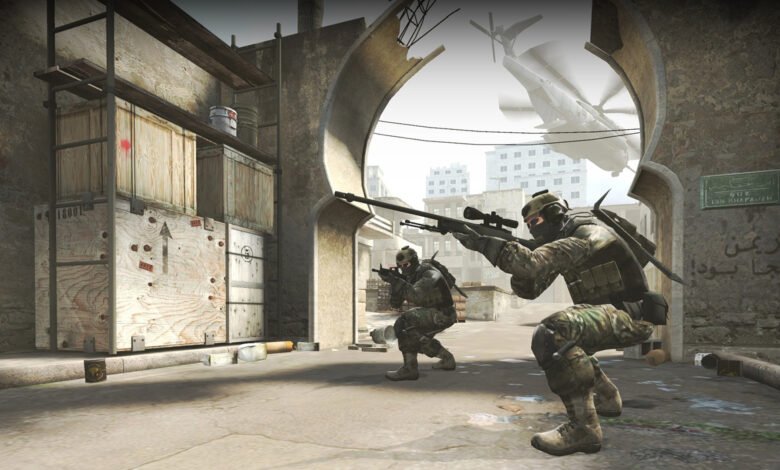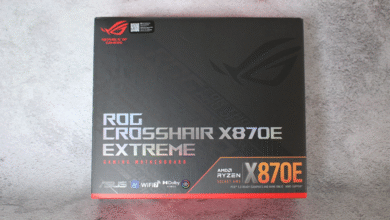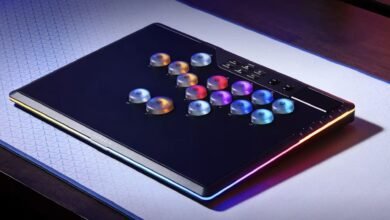AntGamer’s 1,000 Hz Gaming Monitor: Do You Really Need It?

▼ Summary
– AntGamer will launch the first widely available 1,000 Hz gaming monitor in 2026, targeting competitive gamers with titles like Counter-Strike 2 and PUBG.
– The monitor uses a TN panel, chosen for its fast response times and lower cost, though it offers inferior picture quality compared to IPS or OLED displays.
– High refresh rates like 1,000 Hz reduce motion blur, with 1 ms persistence at 1,000 fps, but blur is not eliminated entirely and requires powerful hardware to achieve such frame rates.
– The monitor employs black frame insertion (BFI) technology to further combat motion blur, a feature also found in some newer OLED monitors like Asus models.
– Most gamers will not notice a difference between mid-300 Hz and 1,000 Hz refresh rates, and such high-end monitors are intended only for top-tier competitive players with supporting hardware.
The arrival of the world’s first widely available 1,000 Hz gaming monitor, set to launch in 2026 by Chinese manufacturer AntGamer, has sparked considerable discussion among competitive players and tech enthusiasts alike. While the promise of ultra-smooth gameplay is enticing, the reality is that only a small fraction of gamers, specifically elite esports competitors, will genuinely benefit from such extreme refresh rates. For the vast majority, the difference between 1,000 Hz and even a 300 Hz display may be imperceptible, raising the question: is this groundbreaking technology truly necessary, or simply an ambitious leap forward?
AntGamer has indicated that its upcoming monitor will be showcased using titles like Counter-Strike 2 and PlayerUnknown’s Battlegrounds, signaling its clear focus on the competitive gaming market. The company collaborated with AMD to release a white paper outlining the hardware requirements needed to achieve 1,000 fps in these games, though a full list of supported titles has not yet been disclosed.
The panel itself relies on TN technology, a choice that prioritizes speed over visual fidelity. Unlike IPS displays, which deliver richer colors and wider viewing angles, or OLED screens known for their perfect blacks and high contrast, TN panels are favored in professional gaming for their exceptionally fast response times. They are also generally more affordable, though image quality often falls short compared to other panel types.
One significant challenge for modern displays, including TN, IPS, and OLED, is motion blur, a byproduct of the “sample and hold” method these screens use. Each frame is held static until the next one is ready, unlike older CRT monitors that continuously redrew the image, resulting in cleaner motion. According to experts like Blurbusters, a 60 Hz display exhibits about 16.7 ms of motion blur, while a 1,000 Hz panel reduces that to just 1 ms.
To further combat blur, AntGamer’s monitor incorporates Black Frame Insertion (BFI), a technique that inserts a black frame between each displayed image. This technology is also found in high-end models like Asus’ third-generation OLED monitors. While higher refresh rates do reduce perceived motion blur, it’s important to note that even 1,000 fps cannot eliminate it entirely.
Although this isn’t the first time a 1,000 Hz display has been demonstrated, TCL showed one last year, it is the first confirmed to be headed to market. Details remain scarce, however; pricing and connectivity options have not been announced.
For most gamers, achieving anywhere near 1,000 fps is unrealistic. It requires a high-end GPU paired with a less demanding game and an uncapped frame rate, conditions rarely met outside specific competitive scenarios. As former Nvidia scientist Morgan McGuire noted several years ago, 240 Hz per eye is a more near-term goal for VR, with 1,000 Hz being a long-term ambition.
In practical terms, such high refresh rates are aimed squarely at professional players who already use top-tier equipment. It’s also worth noting that if your frame rate falls significantly below the monitor’s refresh rate, screen tearing can become more noticeable rather than less. So unless you’re grinding leaderboards in CS2 or PUBG, this monitor, while impressive, is unlikely to change your gaming experience. And no, it definitely won’t help you beat that boss in Elden Ring.
(Source: pcgamer)



